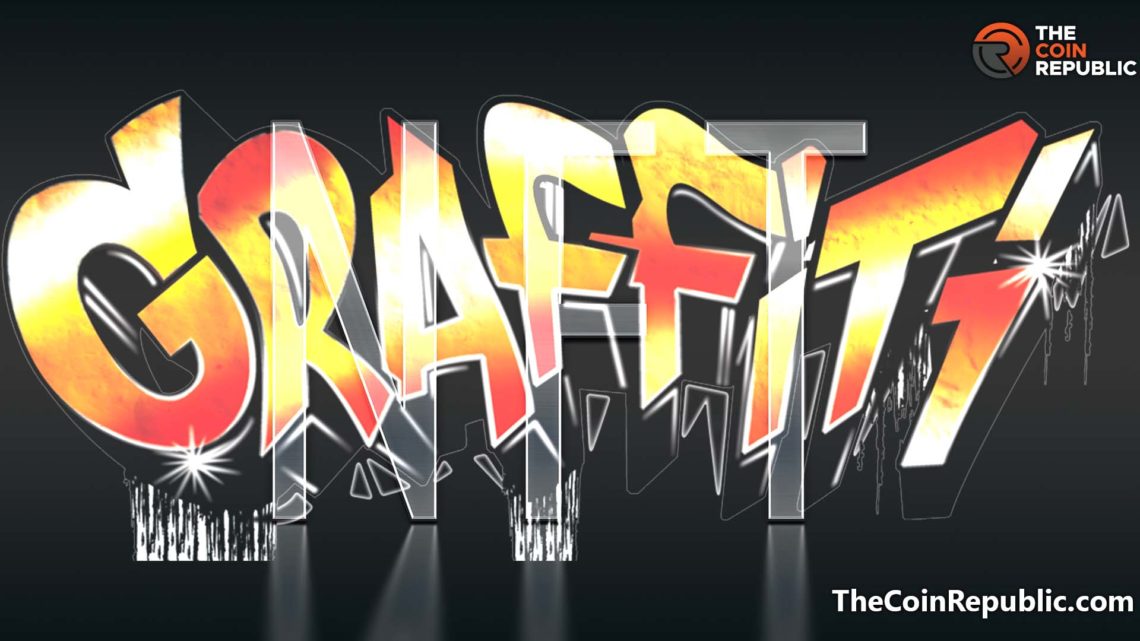- Graffiti is street art which began as a pastime activity.
- NFT are tokens usually considered as the digital art on blockchain.
- Artists can create NFTs of their works by capturing them digitally.
Graffiti and Blockchain
Graffiti art is the most vital weapon for street artists. They have used it as a tool for storytelling and claiming turfs for over half a century. Criminals adopted it as a pastime activity which ultimately grew into a global phenomenon of cultural expression. Graffitis are paintings, just not on a canvas. Similar to the other artworks, it is digging its path to persist on a blockchain.
NFTs persist virtually on blockchain, this is why the Graffiti art possesses a massive potential to bring an entire culture, not just the artwork, onto a blockchain. From sole successes to niche platforms, whole ecosystems are getting centered around NST street art.
As the name suggests, street arts exist in the physical realms. These arts take public spaces for creation from where they are easily visible to the public. But the question remains, how can they be transferred into the digital world? Many artists have found a simple answer to that, making videos, scanning or photographing their artworks. Others are using virtual art tools.
From Matt Godenk to Greg Mike, several artists have entered the NFT space already. But a couple of artists, Tristan Eaton and Lushux, might set a perfect example to exhibit the diversity of methods when it comes to transfer the street art onto blockchain.
Artist Lushux operates on an out of the box thinking phenomenon. His artworks usually persist in the physical world. But he is more famous on the internet despite this fact. He defaces NFT pictures, skews pop culture stars, and repurposes memes as murals. He then captures them digitally by clicking pictures, making animations and mining them as non-fungible tokens.
On the other hand, artist Tristan Eaton operates on the exact opposite mechanism. He too works on his murals in the physical world with his larger-than-life murals. But whenever he is working on NFT projects, he completely engagee them via virtual tools. This makes transferring the artworks on blockchain comparatively easier.
This being said, transferring the street art and the street spirit onto the blockchain is not as complicated as people think. Still, after everything is accomplished someone is still required to click the “mint” button.
Anurag is working as a fundamental writer for The Coin Republic since 2021. He likes to exercise his curious muscles and research deep into a topic. Though he covers various aspects of the crypto industry, he is quite passionate about the Web3, NFTs, Gaming, and Metaverse, and envisions them as the future of the (digital) economy. A reader & writer at heart, he calls himself an “average guitar player” and a fun footballer.


 Home
Home News
News










